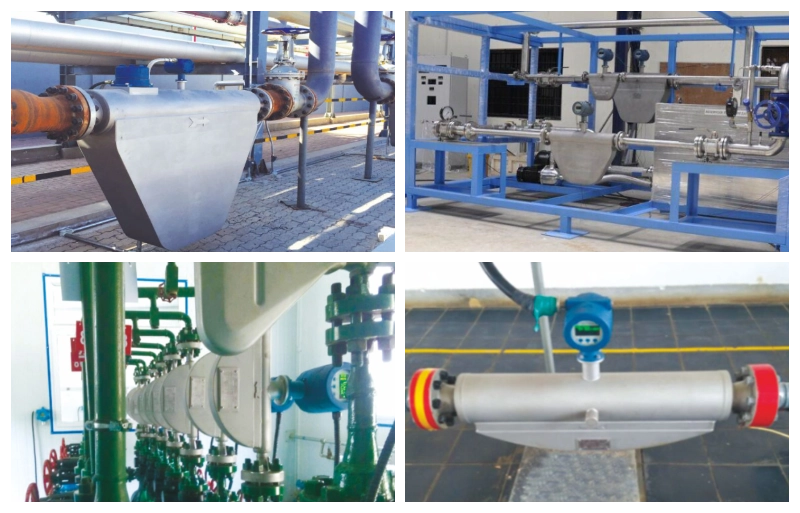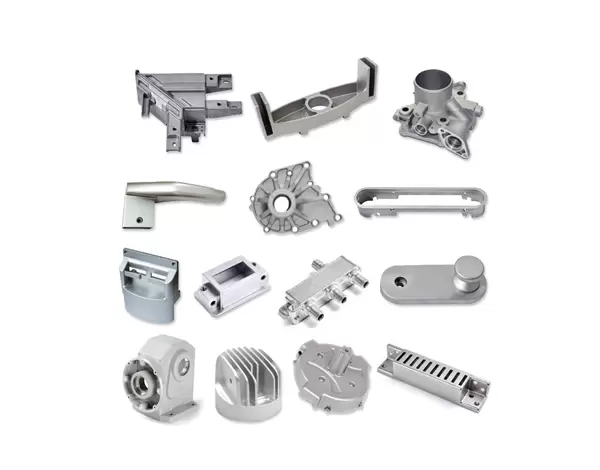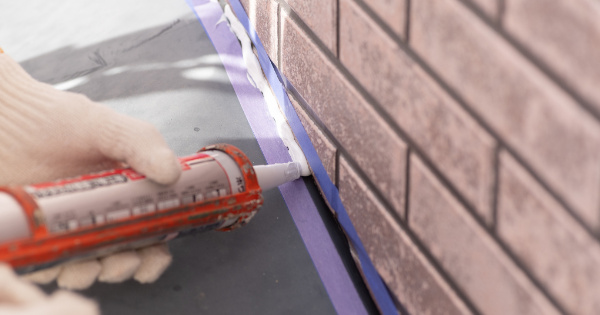In modern industrial metrology, Coriolis mass flowmeters are widely used in industries such as chemical, petroleum, food, pharmaceuticals, and energy due to their high accuracy, strong stability, and ability to directly measure mass flow. However, these high-precision instruments are complex and expensive. Damage or performance degradation can not only lead to measurement errors but can also cause production halts and financial losses.
Thus, effectively extending the lifespan of Coriolis mass flowmeters has become a topic of great concern to every user. This article will systematically analyze key measures to extend their service life from five aspects: installation, operation, maintenance, environmental adaptation, and regular testing.
1. Proper Installation: The First Step to Extending Lifespan
Many early failures of Coriolis mass flowmeters are actually due to improper installation. These instruments contain a vibration sensor, measuring tube, and drive unit, making them extremely sensitive to the installation environment.
1.1 Ensure Correct Installation
During installation, follow the flow direction arrow provided by the manufacturer to ensure that the flow direction of the medium aligns with the flowmeter markings. Reverse installation will not only cause signal inversion but also damage the vibration tube and shorten the instrument lifespan.
1.2 Avoid External Stress
In the piping system, ensure that there is no excessive tension or torque at the flowmeter inlet and outlet. Flexible joints or support structures can be used to absorb stress and prevent deformation of the measuring tube. External stress is one of the main causes of measurement drift and instrument fatigue.
1.3 Avoid Strong Vibration Sources and Electromagnetic Interference
Because Coriolis mass flowmeters operate based on the vibration measurement principle, strong vibrations and electromagnetic fields can affect their accuracy. Install them away from equipment such as pumps, compressors, and inverters, and ensure good electrical grounding.
1.4 Meet Straight Pipe Requirements
Although Coriolis mass flowmeters have lower requirements for straight pipe lengths, in actual use, appropriate space should still be left to ensure a stable flow pattern. This will reduce flow disturbances and improve measurement stability.
2. Proper Use: Follow operating procedures and avoid overloading
Proper operating habits are key to extending the life of a Coriolis mass flowmeter. The following points are particularly critical:
2.1 Control Medium Conditions
The measuring tube is most susceptible to gas, solids, or multiphase flow. If the measured medium contains a large number of bubbles or solid particles, it can cause abnormal vibration, affect measurement stability, and even cause wear or breakage of the measuring tube.
Therefore, a degassing device or filter should be installed upstream of the flowmeter to ensure fluid purity and stability.
2.2 Avoid Sudden Flow Shocks
When starting or stopping the flow, avoid sudden flow shocks. Sudden high flow rates may exceed the mechanical capacity of the flowmeter, causing fatigue stress in the measuring tube. It is recommended to use a slow start and stop method to start the piping system.
2.3 Strictly Control Temperature and Pressure Ranges
Coriolis mass flowmeters typically have specific temperature and pressure limits. Operating conditions exceeding the rated parameters can cause expansion and stress concentration in the measuring tube material, accelerating aging.
For high-temperature applications, high-temperature alloy measuring tubes should be preferred. For high-pressure applications, explosion-proof or reinforced instrument housings are required.
2.4 Avoid Prolonged Empty Pipe Operation
Operating the flowmeter without a medium can cause the driver to vibrate in the air. Long-term operation can cause sensor misalignment or even damage. If the system requires regular cleaning, the power should be turned off immediately after stopping the flow.
3. Regular Maintenance: Preventing Minor Problems from Becoming Major Failures
Coriolis mass flowmeters are precision instruments. Although maintenance intervals are long, regular maintenance is essential.
3.1 Keep the Measuring Tube Clean
After extended operation, impurities, crystals, or sediment in the fluid can adhere to the inner wall of the measuring tube, altering the vibration characteristics of the tube and causing measurement error.
It is recommended to regularly rinse with warm water or a chemical cleaning solution, depending on the media characteristics. Scraping with hard objects is strictly prohibited.
3.2 Check the Sensor and Signal Cables
Regularly inspect the instrument housing and signal cable connectors for looseness, deterioration, or water ingress. Signal interference or poor contact are often hidden issues that cause reading fluctuations. If the environment is humid, use a junction box with a higher protection rating (such as IP67).
3.3 Pay Attention to Zero Drift
A typical phenomenon of Coriolis mass flowmeters is zero drift. If the readings show slight deviations over time, re-zero the instrument promptly. Some high-end models offer automatic zero compensation, and it is recommended to enable this option to improve long-term stability. 3.4 Regular Calibration and Standardization
Differences in density and viscosity of different media can affect the instrument's sensitivity, so professional calibration is recommended annually or every two years.
For critical measurement applications, consider using online comparison methods or standard flowmeters for periodic testing.
4. Optimizing the Operating Environment: Extending the Life of Electronic Components and Measuring Tubes
In addition to the mechanical components, Coriolis mass flowmeters also contain numerous electronic components, such as drive circuits, signal amplifiers, and temperature compensation modules. Harsh environments can significantly reduce their lifespan.
4.1 Controlling Temperature and Humidity
The instrument should be installed in a well-ventilated, dry environment, away from direct sunlight and rain. Excessive humidity can cause oxidation or short circuits on the circuit boards, affecting signal processing accuracy.
4.2 Preventing Chemical Corrosion
For environments with acidic or alkaline conditions or those containing corrosive gases, choose a corrosion-resistant Coriolis mass flowmeter with a housing made of PTFE, 316L stainless steel, or titanium alloy. Also, regularly check the integrity of the seals and flange gaskets.
4.3 Avoid Mechanical Shock
The instrument installation area should be protected from heavy objects or severe vibration. If used on mobile equipment, anti-vibration brackets or buffering devices should be installed to reduce vibration interference.
5. Establish a Comprehensive Management System: A Systematic Guarantee for Extended Lifespan
A scientific management system is more effective than single-source maintenance. Companies can establish a comprehensive equipment management system by focusing on the following aspects:
5.1 Establish Instrument Files
Create a usage file for each Coriolis mass flowmeter, recording its installation date, media used, operating parameters, and maintenance records. This effectively tracks performance changes and provides early warning of potential problems.
5.2 Establish a Maintenance Schedule
Develop a regular inspection, cleaning, and calibration schedule based on the media type and operating conditions. For equipment in continuous operation, the maintenance interval should be shortened.
5.3 Operator Training
Proper use of flowmeters depends on the operator's awareness of proper procedures. Training employees to understand the device's characteristics, common faults, and key operating points can effectively prevent damage caused by improper operation.
5.4 Select Reliable Suppliers and Parts
Buy genuine parts and services from qualified suppliers and avoid using non-genuine components. High-quality spare parts and after-sales support are also crucial for ensuring the long-term operation of the instrument.
6. Summary: Details Determine Lifespan, Management Determines Efficiency
Coriolis mass flowmeters are precision dynamic measurement devices. Their lifespan depends not only on the quality of the product itself, but also on the user's installation specifications, operating habits, maintenance awareness, and environmental control.
From pre-installation selection and design to detailed maintenance during operation and long-term equipment management, every step impacts its service life.
Only by following scientific operating procedures, combined with regular maintenance and precise calibration, can a Coriolis mass flowmeter maintain high accuracy and stability over the long term, maximizing its economic and technical value.
Accura Instrument specializes in the sale of high-quality Coriolis mass flowmeters, providing high-precision, high-stability fluid measurement solutions to customers worldwide. With a strict quality control system and comprehensive after-sales service, Accura Instrument not only helps customers achieve accurate flow measurement and long-term stable operation, but also provides professional technical support and customized solutions to help users improve production efficiency, extend instrument life, and build reliable industrial metering systems.
www.accurainstrument.com
accurainstrument




+ There are no comments
Add yours